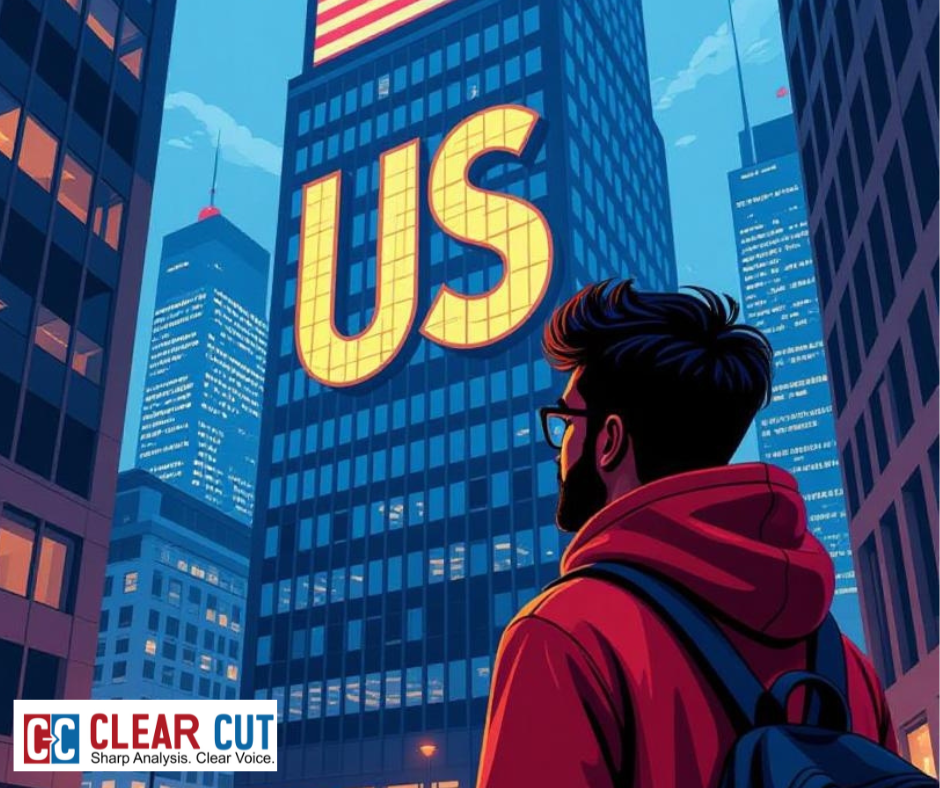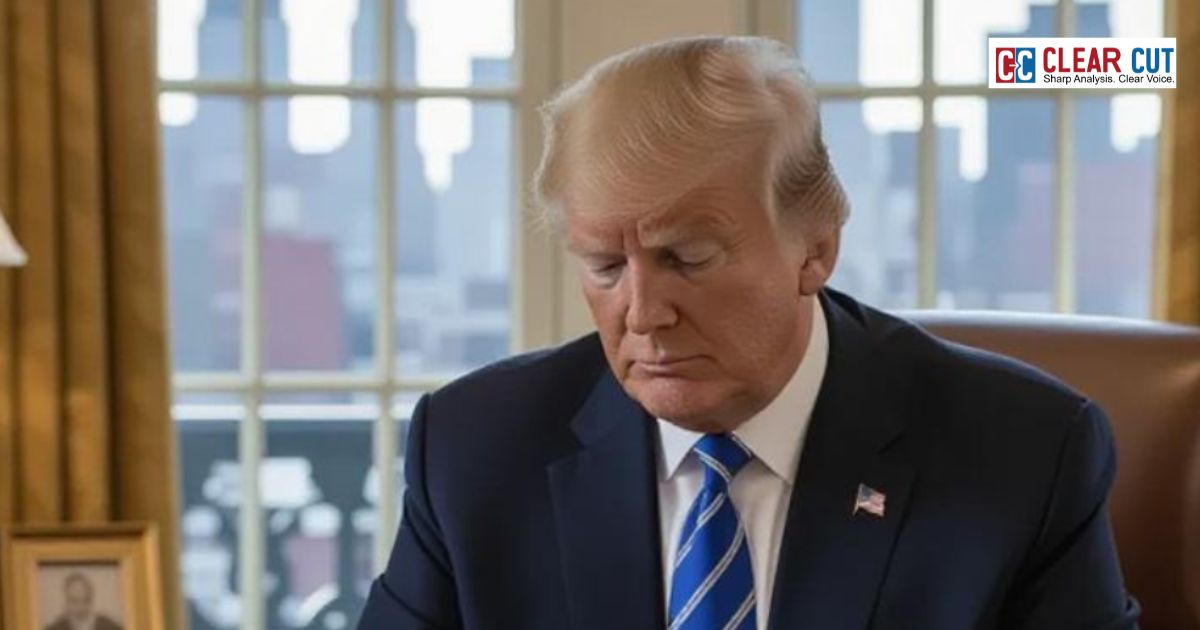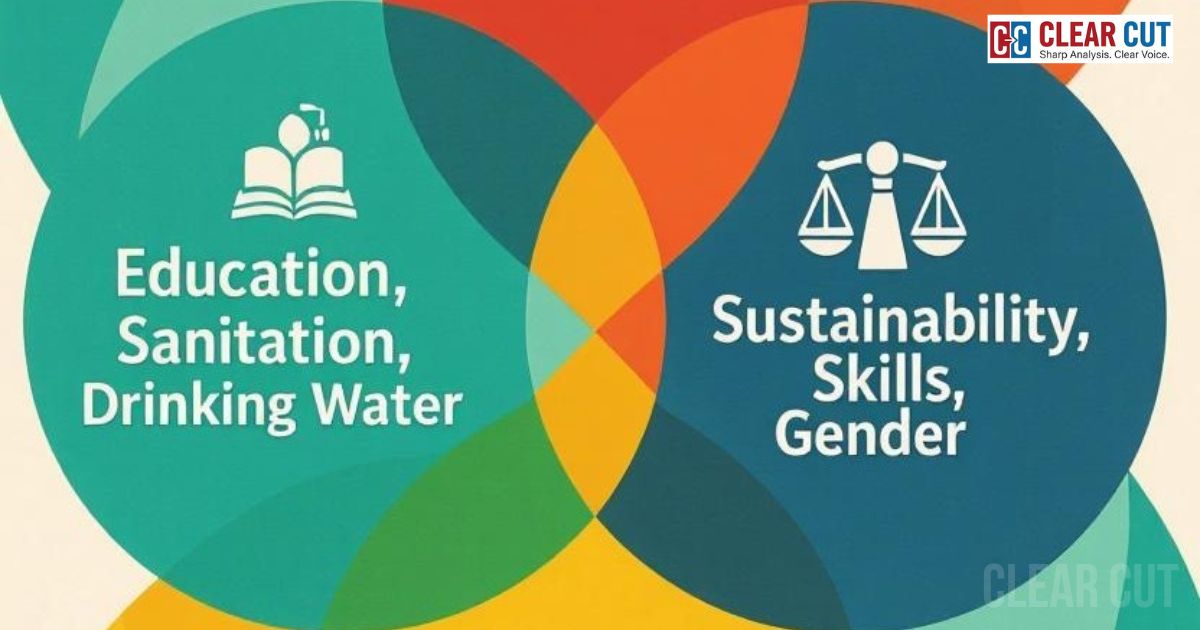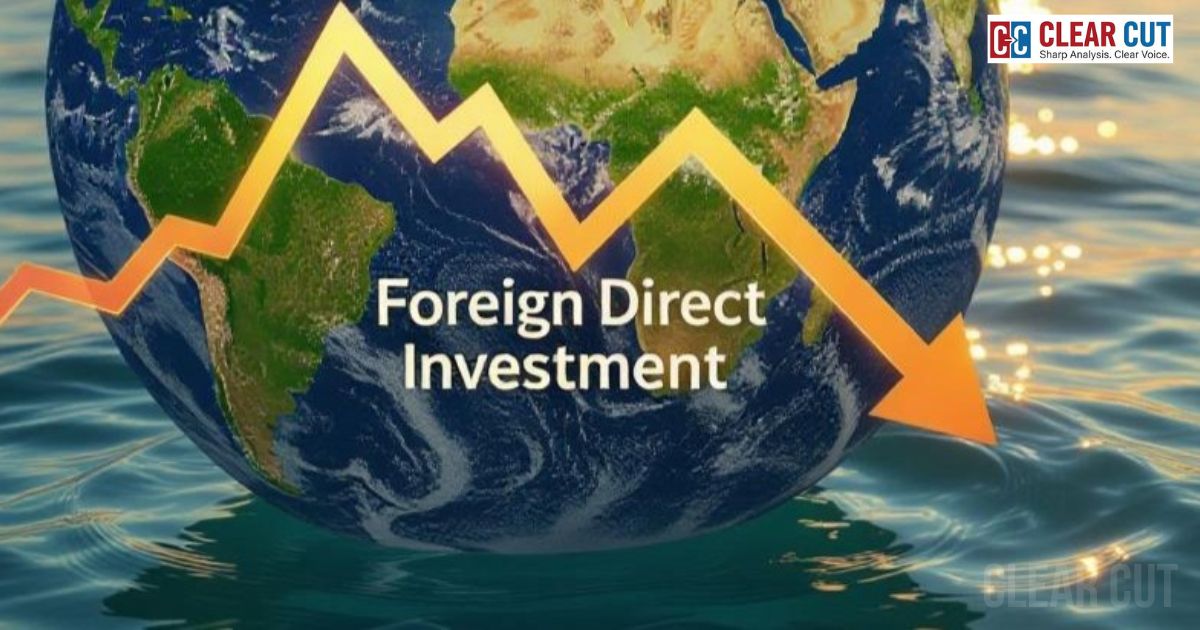Photo Credit: Clear Cut Team
Clear Cut Skills & Livelihood Desk
New Delhi, UPDATED: Sep 21, 2025 13:45 IST
Written By: Paresh Kumar
On September 19, 2025, U.S. President Donald Trump signed a proclamation that changes the rules for skilled workers. Any company that wants to sponsor an H-1B visa must now pay USD 100,000 (approximately ₹88 lakh) per worker annually. The order comes into effect on September 21.
For Indians, who make up 71% of all H-1B visas, this is a jolt. For families building lives abroad, for students planning education, and for businesses that reply on talent, the cost can be overwhelming.
The numbers behind the shock
- In FY 2022, the U.S. approved 442,043 H-1B petitions. Nearly three out of four were for Indians. China accounted for about 12%. (USCIS data)
- H-1B visa holders help drive innovation. A study found a strong link between the number of H-1B workers in a state and the number of patents it produces. (ITIF, 2025)
- They also pay into America’s system. H-1B workers contribute about USD 85 billion (₹7.5 lakh crore) in income taxes every year, including USD 27 billion (₹2.3 lakh crore) to Social Security and Medicare programs they may never fully benefit from. (Stilt data, 2024)
- Their spending is substantial too: over USD 76 billion (₹6.6 lakh crore) invested in U.S. businesses each year.
What happens now?
For Indian professionals
Employers will struggle to justify such a high cost. Some workers may lose renewals. Others may have to return home earlier than expected. Careers, mortgages, and family plans may be left hanging.

For students
The H-1B has long been the path Indian students dreamed of after U.S. degrees. However, with fees so steep, many may opt to skip American schools altogether. Applications from India to U.S. colleges have already fallen by about 35%. Indian institutes such as ISB and IIMs, are seeing more applicants than before.

For companies
Big tech companies may absorb some costs. But mid-sized firms and startups will struggle. Offshoring more work to India could be cheaper than paying the new visa price. That could shift jobs back to Bengaluru, Hyderabad, and Pune.
Why America may lose too
The order is not just tough on Indians. It could hurt the U.S. in ways that go beyond politics.
- Innovation slowdown: Immigrants are behind many American breakthroughs. Sergey Brin, co-founder of Google, and Elon Musk, founder of Tesla and SpaceX, both came as immigrants on student or work visas. Reducing access for global talent means fewer new ideas.
- Less tax revenue: Cutting the number of H-1Bs means the U.S. Treasury loses billions in taxes.
- Higher costs: Without skilled workers, companies may face rising wages, fewer choices, and slower projects. Consumers eventually pay the price.
Silver linings for India
Pain for families today could mean gains for India tomorrow.
- Return of talent: If fewer Indians can work in the U.S., more may choose to stay in India or come back earlier. That means more skilled engineers, managers, and researchers at home.
- Boost to education: Indian universities could see stronger student demand. This could force improvements in faculty, research, and infrastructure.
- Startups and jobs: Professionals who cannot go abroad may launch ventures in India. Companies may also shift more of their global operations here, creating jobs in tech and services.
Risks of brain drain reversal
But a word of caution. Simply having more people at home is not enough. India must create space for them. Without enough jobs, infrastructure, or funding, return migration could turn into frustration. Talented people need more than classrooms. They need opportunities, labs, investors, and support systems.
What should India do?
- Invest in education: Upgrade universities, technical institutes, and research centers so Indian students don’t feel they’re missing out by skipping the U.S.
- Support entrepreneurs: Provide incentives for startups and SMEs that hire skilled workers.
- Plan for return migration: Build programs that welcome back returning Indians, using their skills and networks to strengthen industries.
- Diplomatic push: Negotiate with the U.S. to soften or adjust the new rules, or to protect critical sectors like healthcare and research.
Why this matters for more than visas
This is not only about fees or paperwork. It is about people, families, and futures. It touches students making choices, professionals weighing risks, and companies deciding where to grow. It also matters for India’s development. It matters because talent is the fuel for progress, whether in technology, business, or the social sector.
The road ahead
In the short term, the proclamation will hurt many Indians and their families. In the long run, it could become a turning point for India. If handled well, it may reduce brain drain, strengthen local institutions, and seed new ventures. If handled poorly, it may waste talent at home.
The question is not whether India can adapt. The question is whether India can seize this chance to build a system where staying back is no longer a compromise, but an opportunity.




